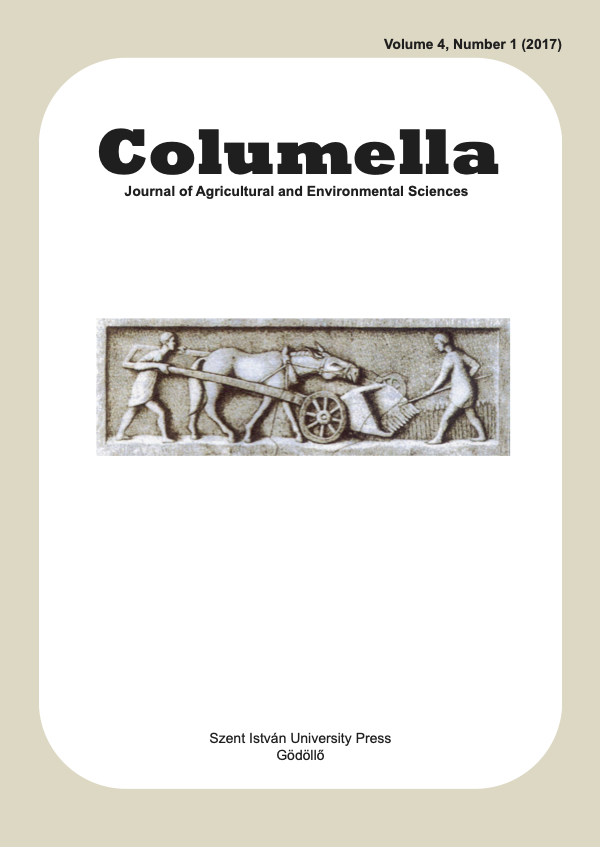Some chemical and physical characteristics of farmed pheasant hens (Phasianus cholchicus) breast meat
DOI:
https://doi.org/10.18380/SZIE.COLUM.2017.4.1.7Keywords:
pheasant, tenderness, drip loss, colour, chemical compositionAbstract
Ring necked pheasant is the most significant game bird in Hungary. Around 300.000 pheasant harvested (hunted) annually and generally these birds are consumed by the hunters. As there are limited data on the quality of pheasant meat, in the present study we aimed to analyze some physical and chemical properties of it. At 20 weeks of age 63 pheasant hens were exterminated by cervical dislocation and meat, liver, spleen and heart samples were taken. The live weight of the birds was 1045±92g (870 to 1300g). The average weight of the liver, spleen and heart was 14.12±2.58, 0.47±0.13 and 4.30±0.49, respectively. The average drip loss was 5.90±2.38% (0.68±0.28g). As was expected the average protein content (26.2±0.7%) of the pheasant breasts was markedly higher than in broiler or turkey. The average fat content (0.4±0.2%) was similar to that in turkey. The unique chemical and physical properties of the pheasant meat make it suitable to fit in the human nutrition.
Downloads
Published
Issue
Section
License
Copyright (c) 2017 Csaba Fernye, Márta Erdélyi, Zsolt Ancsin, Andrea Bócsai, Miklós Mézes

This work is licensed under a Creative Commons Attribution-NonCommercial-NoDerivatives 4.0 International License.






